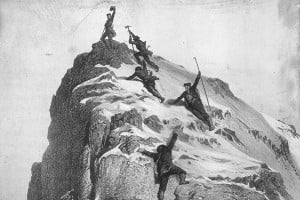
The great outdoors has inspired some great (and not so great) writing. In this series we ask fans of mountain literature to pick their top reads. Here's guidebook author and outdoor journalist Ronald Turnbull on WH Murray's classic Mountaineering in Scotland
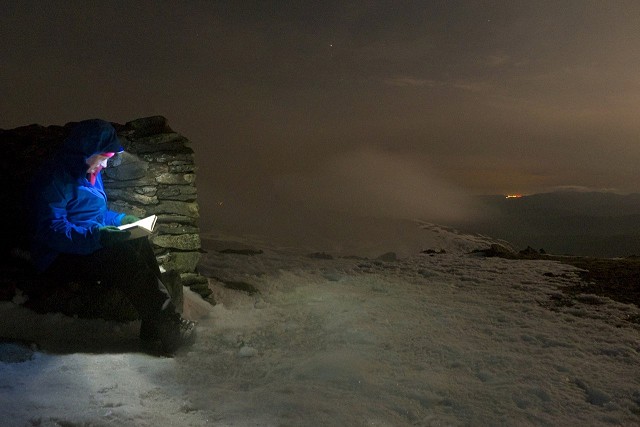
WH Murray: Mountaineering in Scotland and Undiscovered Scotland
Glen Brittle, Skye: a hut weekend in 1966. For a 15-year-old there was no way of telling which of the elderly Edinburgh gents were famous Himalayan climbers off the Mustagh Tower and which were just elderly Edinburgh gents. We climbed Window Buttress with a tall, silent, somehow inward-looking old fellow. It's a nice gabbro climb, only Diff in grade, but in windy conditions. On the ridge above, my Dad pointed out the old fellow's feet. Where a patch of snow lingered on the ridge, we diverted around it on the black rocks. But the old fellow diverted towards it as his preferred footfall.
Before the war, Bill Murray was at the cutting edge (yeah, the step-cutting edge) of Scottish winter climbing. The boldness of his routes in Glencoe puts them almost on the level of the Eiger's North Face: technically they were more demanding than the top Alpine climbs. But among the most compelling chapters of his classic tomes Mountaineering in Scotland and the follow-up, Undiscovered Scotland, are a summer double crossing of Rannoch Moor. A winter traverse of Liathach, in foul weather, but in today's terms a Winter Grade III. A January night camp on the Aonach Eagach.
However wet the weather (on Slav Route of Ben Nevis it was very wet), the humour is dry. Dangers are understated – Scottish winter climbing with hemp ropes, nailed boots and ice axes was not a safe sport. The writing is as clean as a Cairngorm ice slope. Hot action with the ice axe is interrupted by mountain shadows at sunset, and a paragraph or two on the mystical meaning of it all. Crikey, this chap's almost as bad as John Muir…
So why read this old-fashioned stuff? Well, there's the way the first book was written. In pencil, on toilet paper, in a German prison camp. The Gestapo burned it: Murray got hold of another pencil and wrote the thing again.
But actually, just two things make these books. A love and understanding of the English language. But before that, a love for the mountains of Scotland.
And the mountain mysticism? Here he's on Nevis summit, at night. "When we walked across the plateau, it became very clear to me that only the true self, which transcends the personal, lays claim to immortality." Okay, a sentence like that doesn't mean all that much.
Except – if you've just climbed Tower Ridge, mostly unroped, with iceaxes and nailed boots. You've stood in the wind in Tower Gap with the last daylight tricking into the sky. With Tower Gap still ahead of you, you've experienced sunset over the Aonachs – experienced it with the intensity that perhaps only a man huddled with a pencil in a German latrine can experience it.
Then, it means something.
Ronald's other fave reads include Mummery, Coleridge's fell notebooks, Ian West's Geology of Wessex Coastline website, and First Summer in the Sierra by John Muir.
Piece previously published in the in-house magazine of the Outdoor Writers' and Photographers' Guild
- Mountain Literature Classics: Of Walking in Ice by Werner Herzog 15 Feb
- Mountain Literature Classics: South Col by Wilfrid Noyce 9 Jan
- My Favourite Map: Geology Plus Glaciers 11 Dec, 2023
- Mountain Literature Classics: Free Solo with Alex Honnold 29 Nov, 2023
- Mountain Literature Classics: That Untravelled World by Eric Shipton 3 Aug, 2023
- Mountain Literature Classics: Sir Gawain and the Green Knight 4 May, 2023
- Mountain Literature Classics: Menlove 9 Mar, 2023
- Mini Guide: The Cheviots 27 Feb, 2023
- Mountain Literature Classics: Basho - Narrow Road to the Deep North 12 Jan, 2023
- Mountain Literature Classics: Conquistadors of the Useless by Lionel Terray 17 Nov, 2022

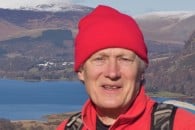

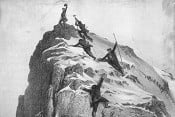

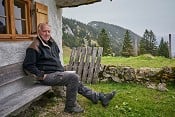
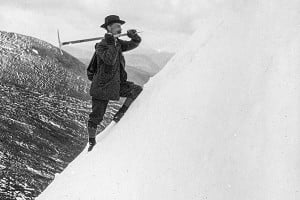





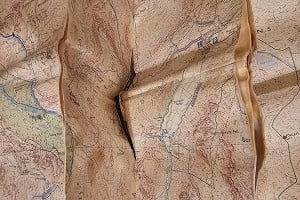
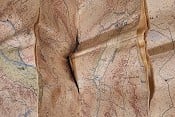
Comments